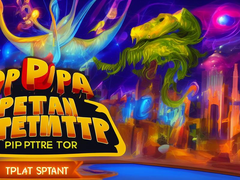
In the rapidly evolving landscape of the global economy, the concept of “ekonomi kreatif” or creative economy has emerged as a crucial driver of growth and innovation. This term encompasses a range of industries that leverage creativity, knowledge, and intellectual property to generate economic value. The creative economy includes sectors such as design, media, arts, and entertainment, all of which contribute significantly to both local and global economies.
Understanding Ekonomi Kreatif
Ekonomi kreatif refers to industries that rely on creativity and cultural knowledge as their primary assets. These industries not only create economic value but also contribute to cultural enrichment and social development. In Indonesia, the creative economy has become a significant part of the national development strategy, promoting sectors such as fashion, music, film, and digital content.
Key Sectors in Ekonomi Kreatif
Several key sectors drive the creative economy. For instance, the fashion industry thrives on innovation and design, contributing to economic growth and job creation. Similarly, the film and media sectors leverage storytelling and digital technologies to engage audiences globally. The digital content sector, including gaming and app development, is expanding rapidly, offering new opportunities for entrepreneurs and investors.
The Impact of Ekonomi Kreatif
The impact of the creative economy extends beyond mere economic growth. It fosters cultural exchange, encourages innovation, and supports sustainable development. By integrating creativity into various sectors, economies can enhance their competitive edge and build resilient communities.
In conclusion, the creative economy plays a pivotal role in driving innovation and growth across multiple sectors. By harnessing creativity and intellectual property, economies can unlock new opportunities and foster a dynamic and sustainable economic environment.









